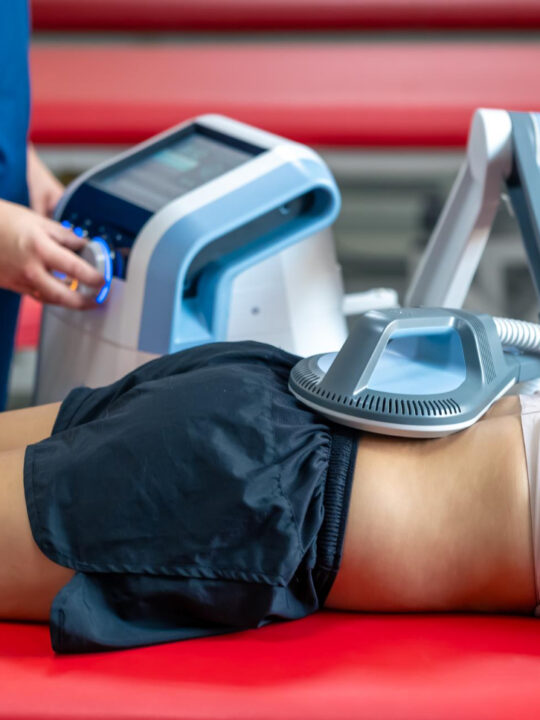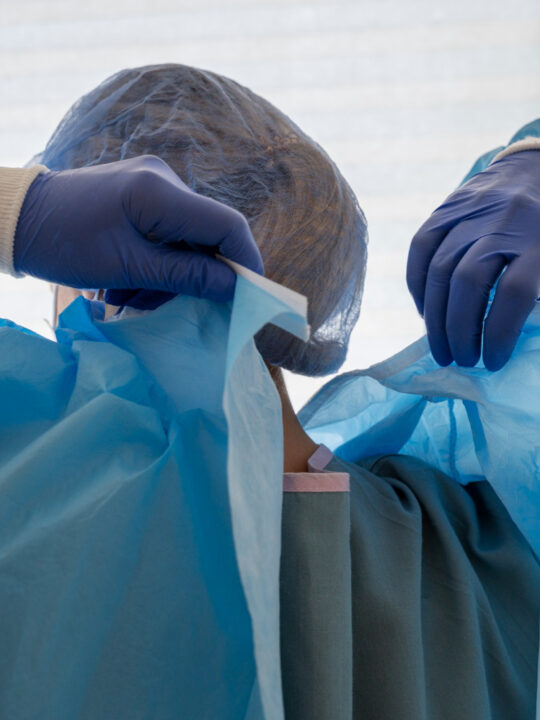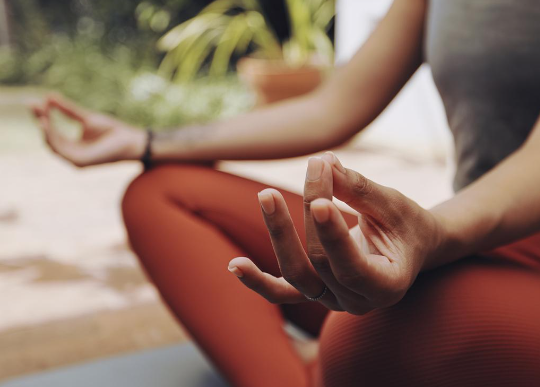
Sporting injuries are never welcome. Knowing how to prevent, treat, and recover from them is important because it’s not just your physical recovery at stake – getting back in action is just as important for one’s mental health. Here are the top 10 most common sporting injuries plus some quick tips on how to overcome them.
Mild or severe, we’ve all had one. This injury tops the list because no matter the sport, ankle sprains are one of the most frequent and debilitating injuries. Ankle sprains occur when the ligaments connecting the bones in the ankle joint are torn or overstretched. You’ll know it from the swelling, aching, and reduced range of motion.
- Treatments include the RICE principle: Rest, Ice, Compression, and Elevation. Anything that reduces inflammation, and improves mobility over the long term is good news for a sprained ankle.
- Prevention methods are frequent exercise, avoiding running over uneven ground, stretching, and wearing the correct footwear. Balance and proprioceptive exercises such as the use of balance devices, wobble boards and rocker boards are an excellent idea.
2. Knee Injuries
Known for bringing the fun to a standstill, knee injuries can be particularly painful and debilitating. Sudden falls, twists, excessive force, even arthritis is to blame. From ACL tears to patellofemoral pain syndrome, expect pain, swelling, and reduced range of motion.
- Reducing pressure by using crutches or taping, restorative techniques like massage and mobilisation techniques are good treatments.
- Avoid overtraining and prioritise stability during games. Always warm-up then before exercise. Stay strong for the sport you are performing. Not sure how, get some help from a knowledgeable physio.
3. Hamstring injury
The back of the thigh is prone to injury because of its role in producing speed and power on the sporting field. Overuse, poor stretching, and forgetting to warm up can result in a hamstring injury.
- Depending on the severity, light strains with no tear can easily be treated and overcome using rest, heat and stretching. If it’s more than that see a physio! Spasms need heat and treatment, muscle tears with bruising need ice. For more severe cases you may require a longer recovery programme. If you’re suffering from a hamstring injury don’t let it get out of hand. Get in touch with a sports physio today.
- Preventing and overcoming a hamstring injury can take time, patience, and good discipline. Remember to warm up and stretch before intense activity, give your body the time it takes.
4. Shoulder injuries
Sports involving batting, throwing, or tackling are no stranger to shoulder injuries. Dislocations, fractures, and rotator cuff injuries, the complex shoulder joint can be injured in a myriad of ways.
- Expect to reduce inflammation by resting and your a physio will prescribe certain treatments like taping, dry needling, and a rehabilitation programme.
- If you’ve had a past dislocation, be aware your shoulder is now more prone to re-injury. Prevent injury by rehabilitating properly and build the strength back up in your body before attempting heavy loads and sudden jerking movements.
5. Groin Strain
A nasty one to be sure, groin injuries often occur during heavy sprinting, kicking, or sudden directional changes. Symptoms include trouble walking, pain and swelling, and muscle tightness.
- Treatments include applying ice, rest, and slow rehabilitation techniques. Talk to our physio about how to best recover from a groin strain.
- Prevention and recovery: stay away from intense activity, warm-up before exercise.
6. Stress Fractures
Stress fractures occur when repetitive stress is applied to a bone or joint. Common joints affected are the shoulder joint, the shin, the foot and the wrists.
- Rest and rehabilitation are your best treatment options. Reduce inflammation through the RICE principle, and consult your sports physio for advice on potential splints and injury-specific treatments.
- Moderation in training and exercise along with avoiding sudden changes in surfaces will reduce your chances of a stress fracture.
7. Tennis Elbow
Unlike the name suggests, this injury is not reserved for those hitting up tennis courts. Repetitive overload or abnormal loading can result in injury to the elbow, affecting mobility in the arm
- Expect a physio to administer manual therapy techniques, a potential sports brace, and strengthening exercises.
- Prevention involves ensuring good racquet ergonomics and proper technique on the court and for non tennis related causes, not increase the load on your arms too quickly is the key. Don’t shift a trailer load of sand on the weekend with a shovel if you aren’t used to doing it.
8. Carpal Tunnel Syndrome
Overuse of hands and wrists during sports can result in carpal tunnel syndrome. Symptoms include swelling, numbness, and pins and needles.
- Treatments include wrist braces, rest, and in severe cases, surgery may be required.
- Manual therapy can be helpful for mild cases, it’s worth a trip to the physio to get some advice on best management for your situation.
9. Achilles injury
The infamous tendon located at the back of your ankle is prone to tearing. You’ll know it because it’s extremely painful. Overloading or stressing the tendon is the most common cause.
- Apply initial RICE treatment. Recovery can be long and should be managed with physiotherapy. Contact sports physio south Perth for a treatment and rehabilitation programme.
- Preventing Achilles injuries comes down to maintaining strength, staying active, stretching warm and avoiding changing your training load and pressure on the tendon too quickly.
10. Neck injuries
Mild or severe, neck injuries are extremely debilitating and painful. Neck sprains are a common example, resulting from sudden stress or jerking of the neck. Pain, swelling, and stiffness are common symptoms.
- Managing these kinds of injuries requires careful assessment and treatment by a physio with skilled hands.
- Neck strengthening is an important method of recovering from an injury and is important particularly when returning to a sport where stress on the neck is relatively high. See your physio for advice on neck strengthening.







